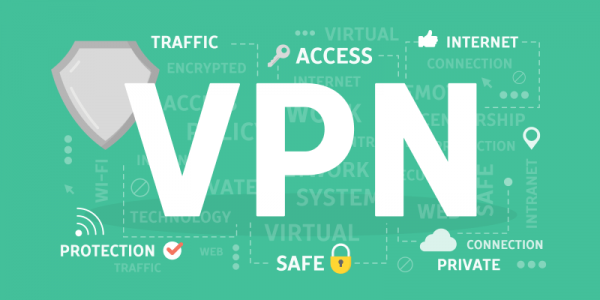A VPN (Virtual Private Network) creates a secure connection between your computer and the internet by routing your traffic through a remote server. This makes it appear like you're browsing from that server's location, which helps protect your privacy and access geo-restricted content.
Removing VPN from Windows
For Windows users, the built-in "Add or remove programs" option often leaves behind files and registry entries. Using a dedicated uninstaller like Revo Uninstaller (free version) provides better results by scanning for leftover files after the main uninstallation.
To use Revo Uninstaller:
- Install and launch the software
- Select the VPN you want to remove
- Click "Uninstall"
- Allow the program to scan for leftover files
- Delete all the additional files it finds
Manual Network Connection Removal
If you installed your VPN manually or want to clean up network settings:
- Go to Network and Sharing Center in Control Panel
- Click "Change adapter settings" on the left
- Right-click on the VPN connection you want to remove
- Select "Delete"
TAP Drivers
Windows VPNs use TAP drivers to function, and installing multiple VPNs can create driver conflicts. After removing your VPN, you should also remove any leftover TAP drivers:
- Open Control Panel, then System and Security, then System, and finally Device Manager
- Expand "Network Adapters"
- Right-click on any TAP drivers and select "Uninstall"
- Restart your computer
When you reinstall a VPN later, it will install the correct TAP drivers automatically.

Removing VPN from macOS
For macOS users, AppCleaner is a free tool that helps remove applications completely. After using it, you may still need to manually clean up some leftover files.
Manual removal steps:
- Open System Preferences
- Click on the "Profiles" tab
- Select the VPN you want to remove
- Click the minus (-) button next to it
- Enter your password to confirm removal
Unlike Windows, macOS doesn't require you to remove TAP drivers after uninstalling a VPN. The system handles this automatically, and leftover drivers won't interfere with future VPN installations.
Why Complete Removal Matters
Browsing without a VPN is like sending mail in an unsealed envelope - anyone can see what's inside, where it's from, and where it's going. A VPN seals that envelope by hiding your IP address and encrypting your connection.
Completely removing a VPN ensures:
- No leftover files that could contain connection logs or sensitive information
- No conflicts with future VPN installations
- Clean system performance
- Proper removal of all network configurations
If you're removing a VPN because you're selling your computer, consider formatting the hard drive completely. Login credentials and other sensitive data can sometimes be recovered from unformatted drives.












